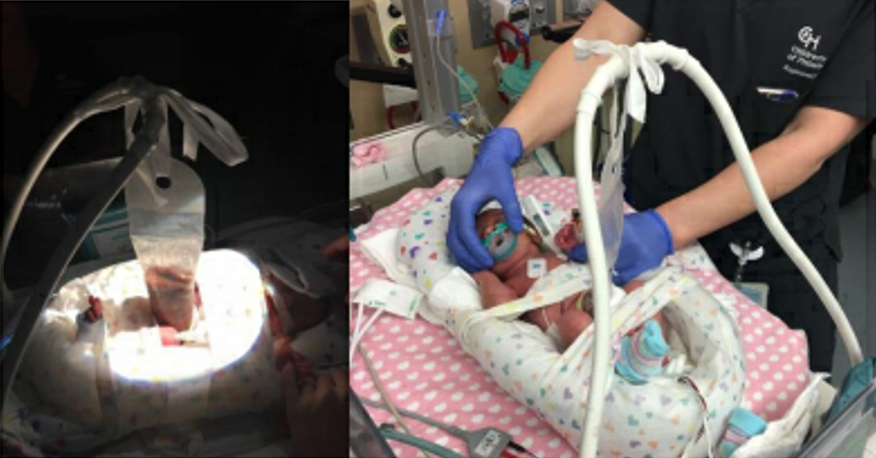Infant with Congenital Diaphragmatic Hernia Clinical Pathway, Pre and Post-operative Care — Inpatient and ICU
Infant with Congenital Diaphragmatic Hernia Clinical Pathway, Pre and Post-operative Care — Inpatient and ICU
Post-operative Management after CDH Repair
Immediate Priorities
Monitor for cardiorespiratory stability and adequate pain control
| Clinical Assessment |
|
|---|---|
| Nursing Interventions |
|
